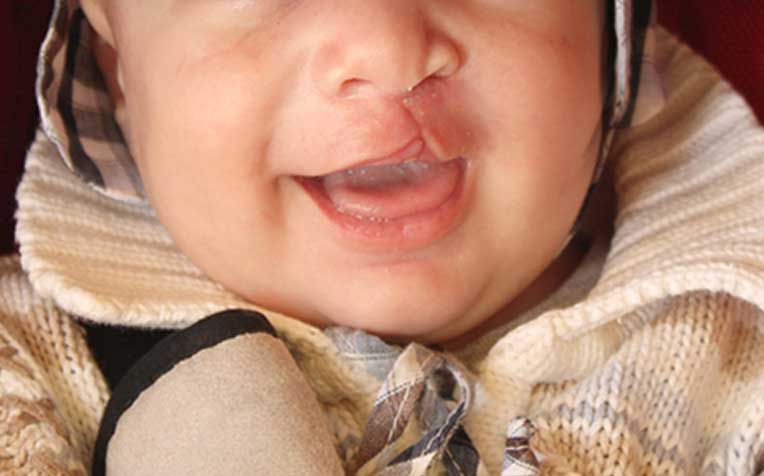HealthXchange will NEVER ask you to transfer money over a call. If in doubt, call the 24/7 ScamShield helpline at 1799, or visit the ScamShield website at www.scamshield.gov.sg.

Cleft rhinoplasty is a complex procedure that requires the surgeon to be skilled in both treatment of the cleft lip and palate, as well as rhinoplasty.
What is cleft rhinoplasty and why is it so challenging?
Cleft rhinoplasty is a reconstructive procedure done for patients who were born with cleft lip and nose deformities.
"The secondary cleft lip nasal deformity presents a challenge to the plastic surgeon. The cleft nose is a result of a birth defect and the deformity involves all tissue layers from the skeleton to the nasal lining, cartilage and overlying skin. The characteristic cleft nasal deformity is normally what draws attention to a face after a well-performed cleft lip repair," says Dr Terence Goh, Consultant, Department of Plastic, Reconstructive & Aesthetic Surgery, Singapore General Hospital (SGH), a member of the SingHealth group.
"Correction of a cleft nose defect is complex and requires the surgeon to understand the treatment of cleft lip and palate as well as understand the techniques and applications of rhinoplasty to this problem," Dr Goh adds.
The main issue with a cleft nasal deformity is a lack of skeletal support for the cleft alar base and a hypoplastic (underdeveloped) and malaligned orbicularis oris (muscles of the lips)
This leads to the characteristic deviation of the nasal septum to the non-cleft side, nasal asymmetry and displacement of the nasal cartilages (see image below).
.jpg)
The secondary cleft rhinoplasty procedure aims to correct the following deformities:
- Correction of deviated septum and realignment of the nasal bones
- Augmentation of the nasal dorsum
- Correction and reconstruction of underdeveloped nasal cartilage using cartilage grafts and suture techniques
- Correction of nostril and nasal base deformities
- Improvement of nasal function (breathing)
On the next page, we cover post-cancer rhinoplasty – reconstructive rhinoplasty to correct deformities of the nose resulting from trauma or cancer surgery.
Ref: N18
Contributed by
Conditions & Treatments
Public Events
Get the Health Buddy App
© 2025 SingHealth Group. All Rights Reserved.














 Get it on Google Play
Get it on Google Play